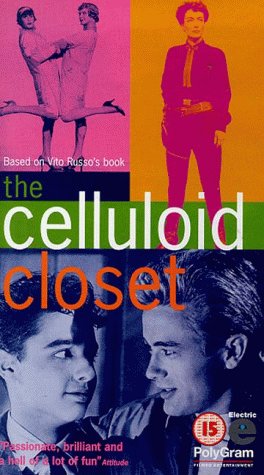The Killer Lesbian: a Trope we Love to Hate
A common experience shared between many queer women is a cold, apprehensive stare from straight women, a physical awkwardness that builds and makes you feel like you’re not a fellow woman. But why is this feeling of being dangerous, or predatory so prevalent for queer women? This essay seeks to explore the ancient “killer lesbian” troupe; how it was developed and for what reasons, and where it appears in society today.
Today, the killer lesbian can still easily be found in popular media. While there are more feminist undertones behind the murderous queer women of today’s shows, they feel old and overused. In her article about the killer lesbian, Bryony White explains this idea further through the lens of popular shows like Killing Eve. “[R]ecent appearances of the murderous queer feel like lazy iterations of a potentially liberatory politics. Destruction and disorder might signal the abolition of heteronormativity in favor of alternative kinships and non-normative desires. [...]But what we’re left with when the dust settles are glossy, recuperative projections of flattened, liberal #girlboss feminism.” (White) In Killing Eve, Villanelle is a beautiful, glamorous killer. She is someone who kills without abandon, sometimes for the fun of it. Killing is like an addiction for her, or something to be fixed. As Eve, the detective on Villanelle’s case, chases her around the world, she is shown to be drifting away from her heterosexual relationship, and into Eve’s world of depravity. This depiction of queerness, while iconic, is still shown as something that taints relationships, a sickness that can draw others in.
Killing Eve: Villanelle killing a man(left) and threatening Eve(right)
https://www.youtube.com/watch?v=3PMVFp529is
Jennifer's Body, Jennifer's death scene. A queer coded character is killed by her best friend/lover to stop her murderous rampage
Jennifer, from Jennifer's BodyIt’s no wonder that lesbians and queer women in general are viewed as dangerous still by straight women. For years, cinema and T.V. have drilled the script of the killer lesbian into their audiences, and the implications that come along with it. Especially in countries with strong religious backgrounds that enforce purity culture and traditional femininity, lesbians are a threat that must be villainized and warned against. To uphold traditional gender roles means to uphold heterosexuality, and lesbians have to fit into that somehow. Queer women will have true representation only when we are not depicted as the monsters, the vampires of society, only when queerness is no longer considered a sickness. We need to continue fighting for shows and movies that show queer people as normal characters: not the gay best friend, not the killer lesbian, but just the person existing in the world with everyone else.







Comments
Post a Comment